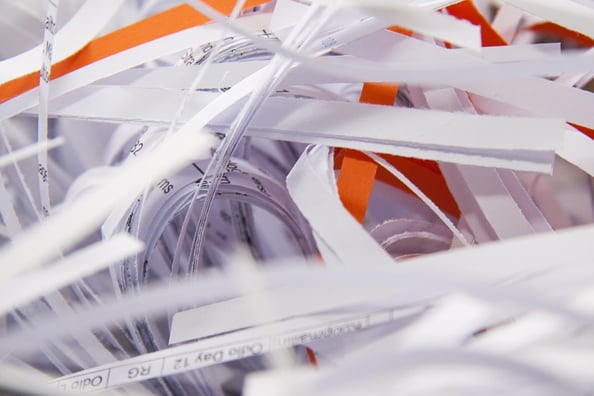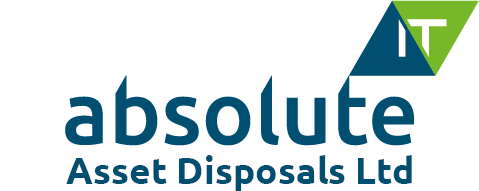
As an IT manager, one of your greatest challenges are colleagues who perhaps may not realise the importance of data security. One way to streamline this process is to ensure that it is a connected one that’s well integrated with the steps the IT department is already taking. Considering that costly data breaches have affected a lot of large companies over the past year, it is crucial to ensure staff are doing what’s needed to maintain data security from their end.
General Best Practices
Your department needs to formulate a policy for best practices that all staff have easy access to. This policy should serve to educate them on how data breaches occur, and then present them with options to prevent them.
Staff need to be aware that the everyday practices they engage in could be placing the entire company at risk. There are many misconceptions as to where vulnerabilities are; therefore, you must consider as many potential vulnerabilities as possible. One example is the fact that data breaches can occur offline as well as online, and that it’s just as important to exercise vigilance when in the office.
Another consideration are how office computers are left; your best practices should include instruction to all staff to lock their computer each time before leaving their desks.
Document Security
In offline data security, document handling is one of the most significant concerns. Although it may be the norm for staff to leave all documents – including those considered to be sensitive – at their desks, this practice is fraught with risk.
Access
Confidential data and records should only be accessed by authorised personnel. As well, any documents considered sensitive should be stored somewhere out of sight. Where the volume of documents and data is significant, it can help to elicit the services of a professional like Absolute IT. Our document security services include several options for the secure storage, transport, destruction and disposal of sensitive documents to ensure peace of mind.
Shredding
The shredding of all confidential documents can occur in the office, but should be followed by professional shredding. Office shredders may not destroy documents completely, and all too often, shredded paper ends up with other recycling. Absolute IT can ensure that all paper documents are completely shredded, as well as any hard drives, CDs and other electronic data storage media.
Transportation
Once your documents are ready to be taken to a destruction facility, there are two ways to accomplish this, which are to drive them in a company vehicle, or call a service like Absolute IT. Using a company vehicle to transport these kinds of documents may seem secure, but many things can occur between transport from your office to the vehicle, and from the vehicle to the facility if proper storage security is not in place.
Absolute IT’s secure office boxes are shipped to you to fill. Once full, simply contact us and we will arrive with a secure vehicle that will shred your documents on site. After document destruction is complete, we issue you a certificate of destruction and a full asset report.
Instructing staff on best practices for offline data security in your office may be a challenge. Absolute IT’s wide range of security services can help you ensure a successfully integrated data security strategy.












